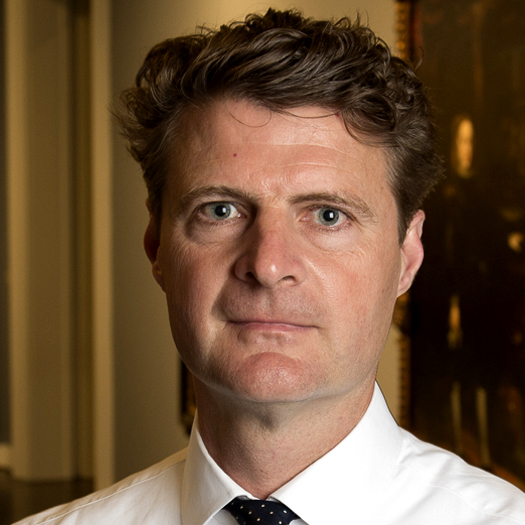SMU art historian to develop new interpretation of Inca art with Guggenheim Fellowship
To SMU art historian Adam Herring, the Peruvian Inca "lost city" of Machu Picchu is much more than a far-flung tourist destination. It is a symbol of the Incas’ disastrous attempt to control their environment.
DALLAS (SMU) – To SMU art historian Adam Herring, the Peruvian Inca "lost city" of Machu Picchu is much more than a far-flung tourist destination. It is a symbol of the Incas’ disastrous attempt to control their environment.

“Inca leadership presided over cycles of routinized calamity," says Herring, Summers Professor and chair of art history in SMU's Meadows School of Arts. "Each year hillsides washed away; pastureland was overgrazed to collapse, and starving provincial communities rose in revolt. Machu Picchu stands as a monument to the Incas' environmental overshoot."
When Europeans arrived in the Andes in the 16th century, Inca imperial administration quickly collapsed. The site was abandoned by Inca nobility and has been uninhabited since.
"Inca art defies Western definitions of what art is, and what it looks like," says Herring, " Inca art is indifferent to images, written communication or male artistic genius. Instead it favors repetitive, anonymous technique and the collaborative work of women."
A scholar of Pre-Columbian art, Herring explores the role of art in history, linguistics and cultural spaces of ancient Americans. He studied at Princeton University, the University of California at Berkeley and at Yale University before joining SMU's art history faculty in 1997. His study of ancient Maya calligraphy, Art and Writing in the Maya Cities, AD 600-800: A Poetics of Line, was published by Cambridge University Press in 2005. His second book, Art and Vision in the Inca Empire: Andeans and Europeans at Cajamarca (Cambridge 2015) received honorable mention in the 2016 American Publisher’s Award for Scholarly Excellence, Art History and Criticism Category. The book also was a finalist for his field’s most prestigious award, the College Art Association’s 2016 Charles Rufus Morey Book Award.
Herring plans to use the Guggenheim Fellowship to continue work on his current project, “Eyes in a Landscape,” which considers the Inca empire’s troubled environmental politics, and the particular forms of aesthetic records those struggles helped produce.
SMU students will be the ultimate beneficiaries of Herring's Guggenheim fellowship. "There is no split between research and teaching," Herring says. "We know that great scholars make great teachers. And great scholarship and teaching are traditions in SMU art history, home to powerful scholar-teachers like Alessandra Comini, Annemarie Weyl Carr and Karl Kilinski.
“What we call 'research leave' is better understood as preparing for the exciting work of the classroom,” Herring says. “It’s a yearlong cram session – a thought space that lets us be more effective teachers moving forward."
###